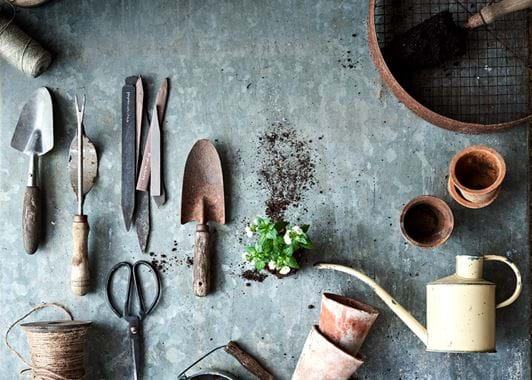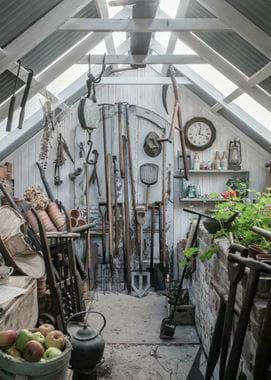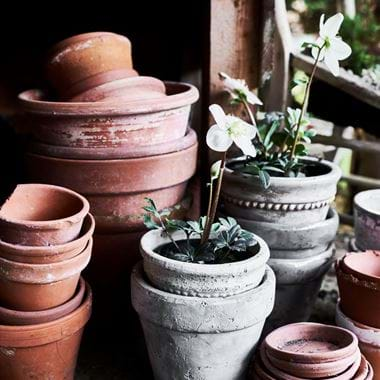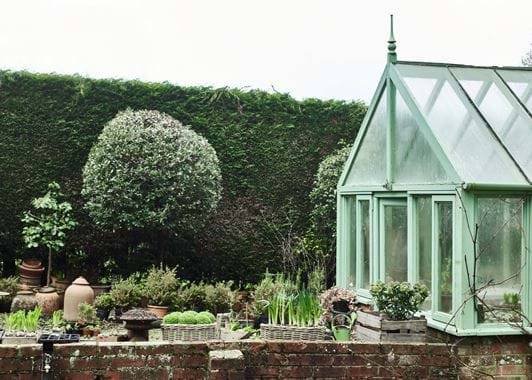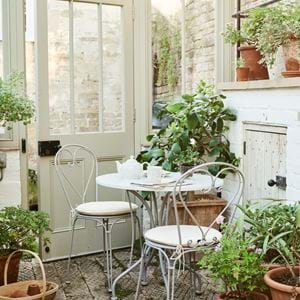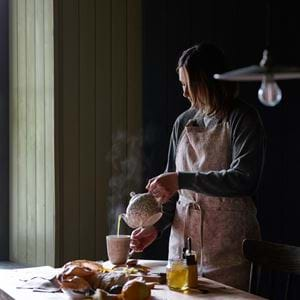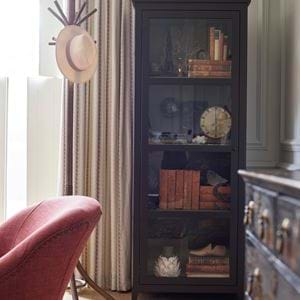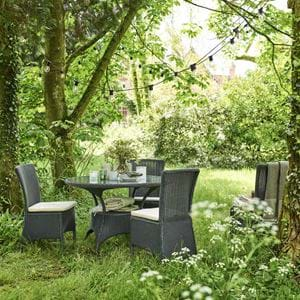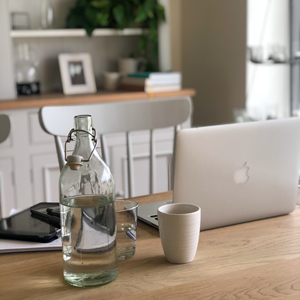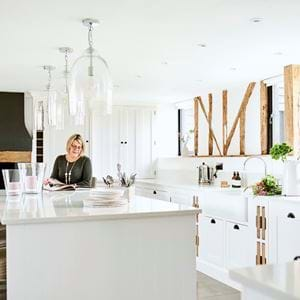How to: grow plants from seed
How to: grow plants from seed
No matter how many years you’ve been gardening, the novelty of growing plants from seed never seems to wear off. There’s something really quite thrilling about the moment those first tiny green shoots poke their heads tentatively above the soil, or when they start to romp away with healthy abandon. And, if you’ve never tried it before (or, for you, seed sowing is a thing of childhood memories), then you’re in for a treat. Here’s our straightforward guide to getting started in the potting shed.
First, decide if you’re sowing inside or out
Some plants like tomatoes and chillies that love hot weather will really only germinate if you’re sowing them somewhere light and warm, whereas others are happy to get going outside so long as the last frosts have passed. The back of your seed packet will tell you whether you can sow outside or in, and in which months you need to do it, but a bit of common sense and local knowledge comes in handy too – what can be sown outside in April down south might not be possible up north where there’s still a risk of frost, so just wait a few weeks to be on the safe side.
If you’re sowing inside
You can do this in either trays or small pots (ones made from coir are brilliant as you can plant these straight into the soil when the plant’s big enough and they’ll compost down, or you could make your own using cardboard toilet paper inners or egg boxes). Trays are usually best for the very small seeds that you can scatter thinly in a row or the kind of plants that are happy to be lifted out and moved into their final growing position (not all like to have their roots disturbed). Whereas pots suit things like courgettes and squash that’ll get very big very quick. If you’re growing legumes (peas, beans and sweet peas), their long roots will be happiest growing in a long, thin pot too. Again, the back of your seed packet should usually recommend what’s best.
You might also need to find out whether your seeds will need a little basal heat to get going – by which, we mean, heat underneath their pots and trays. That can be hard to achieve if you don’t have a greenhouse with heated benches, but you can buy heated propagators for windowsills. Non-heated propagators (which have clear plastic lids) are useful too for seedlings that like an all-round warm and humid atmosphere. But if you don’t have any of these things, a sunny windowsill will usually do perfectly fine. Your seeds may just be slow to germinate.
Let’s talk compost
General purpose will do but blends designed specifically for seed sowing will be better. These are generally much lighter in texture and contain higher levels of nitrogen – a slow-release fertiliser that’s essential for plant growth and photosynthesis and that also helps with water retention. Always choose one that’s peat-free, as the harvesting of peat is damaging to fragile peat bog ecosystems.
You can also create your own seed compost using a blend of normal compost, something that’ll help lighten the mixture like coir, and perlite or vermiculite (these are white granules that help with both drainage and water retention. There isn’t much difference between the two, although vermiculite is slightly less free-draining so suits plants that like to be damper).
If you’re sowing outside
You’ll need to do this in a prepared seed bed – that’s a patch of ground, a planter or a pot where the soil is nice and fine. Not a problem when it comes to pots that you’re filling with compost, but in the ground, you may need to give the soil a good rake over. Make sure it’s free from weeds too. Then, you just sow your seeds in rows, spaced as far apart as is recommended on your seed packet. Cloches might come in handy too, to protect seedlings and young plants should the weather turn a bit nippy.
Actually sowing your seeds
Is generally as simple as making a hole in the soil deep enough (another bit of information you should find on the back of the seed packet, but if not, an inch is usually enough), popping your seed in and covering it back up with soil, making sure to firm it down gently so there are no big air pockets. Then, just give it a good water.
Some seeds though, prefer to be sown very close to the surface of the soil (like wildflowers, for instance). In this case, sprinkle them as thinly as you can across the surface, then either use a sieve to cover them with a fine amount of compost or just press them into the soil to make sure they’re in contact. It’s best to water them from beneath in this case too, or you could disturb the seeds, so sink them into a tray filled with water until you see that the surface of the soil is damp (if you’re sowing outside, use a fine attachment on your watering can).
Caring for your seedlings
While your plants are at this very early stage, it’s important not to forget about them. Even before they’ve germinated, you’ll need to keep them well-watered – not too much, but not too little. If they dry out, they simply won’t germinate or the young seedling will die. If they’re too wet, the seed could rot. Once every other day is usually about right, but make sure the soil isn’t still wet when you come to water again. And the same goes for seeds sown outside too – if it hasn’t rained for a few days and the ground is dry (sink your finger in a couple of inches to test), give them a sprinkle.
Thinning and potting on
If you’ve sown your seeds individually into pots, you’ll need to think about potting them on once they’re big enough – usually when the second pair of leaves have formed or when their roots fill the pot. Simply ease them gently out of the pot into your hand, soil and all, and place them into a pre-dug hole in the new pot or the ground. Firm the soil around them and give them a good water, aiming for the base of the plant rather than the leaves.
If you’ve sown your seeds in rows in the ground or a tray, you might need to thin them. How far apart depends on the plant (another one for the back of the seed packet) and this might mean sacrificing a few seedlings so there’s enough space between each one to grow. If you’re careful though, or you’re transferring out of a tray, you can gently lift each tiny plant from its position (pinch it by the first pair of leaves that appeared, never the stalk, then use a pencil to dig into the soil underneath the roots and lift it out) and into a new one.
Where to find seeds this spring
Between spring being the traditional time for seed sowing and the current surge in gardening as a way to pass the time, it can sometimes feel that seed packets are a little thin on the ground. But, there are still a few ways you can try to get your hands on some…
- Your supermarket may have some in their gardening section. Look out for them on the ends of aisles too. And, failing that, gardening magazines often include a packet or two with each issue.
- Get in touch with your local independent garden centre. Although they’re shut, they may be happy to send seeds out.
- Send a message round to family, friends and neighbours. Keen gardeners will always have a handful of seeds going spare which they might be able to pop in the post or leave on your doorstep for you.
Looking for more gardening inspiration? There’s plenty coming up on our journal this season, as well as all the articles in our archive to explore. And be sure to follow us on Instagram where we’re posting a job to get you out in the garden (almost) every day - just check our 'In the Garden' highlights.

